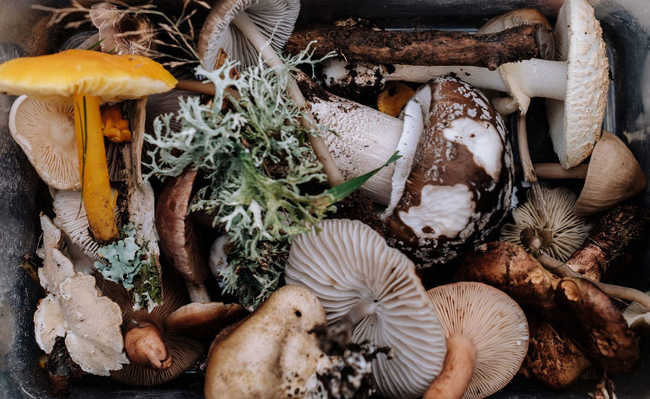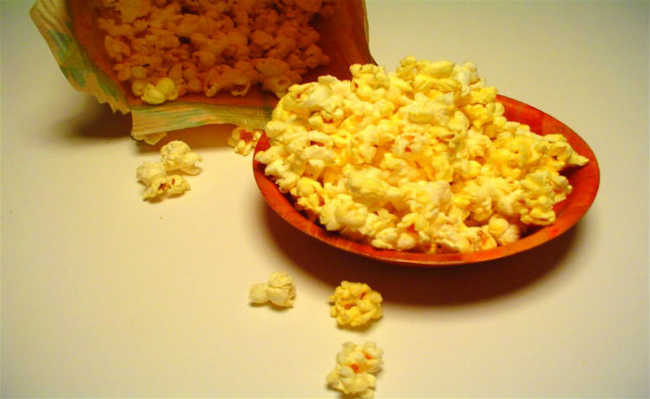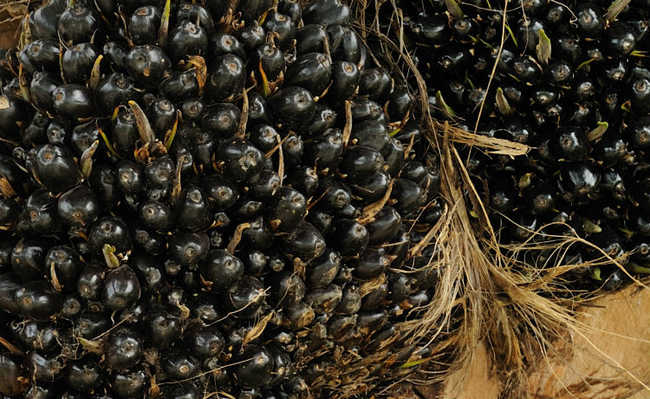Fungus Miracles: Mycelia Can "Save the World" in Six Points
Acting as a biopesticide, alleviating world hunger, preventing diseases and treating the flu are some of the possible functions of the mycelium, according to mycologist Paul Stamets

Annie Spratt image in Unsplash
The mycelium is the name given to the set of multicellular fungi hyphae. Each hypha is a microscopic filament. The mycelium helps plants in sustaining and absorbing nutrients and develops inside the substrate.
The American mycologist Paul Stamets, who has been working investigating fungi for over 40 years, believes that mycelia can bring solutions to literally save the world. According to the scientist, they can clean polluted soil, act as biopesticides, treat smallpox and even the flu.
Stamets calls the mycelium "the internet of nature" due to the network they form under the ground - according to the scientist, it is able to help plants in their search for water.

Centers for Disease Control and Prevention, Aspergillus niger 01, CC0. on Wikimedia Commons
The researcher believes so much in the power of fungi that he founded the company Fungi Perfecti, which offers several products made from this wonder of nature. In addition, he holds several patents related to the use of fungi.
The apple of Stamets' eyes is the mycelium. According to the mycologist, fungi have the ability to perform incredible tasks that most people might consider impossible without the help of technology. In a TED talk, the mycologist cites six reasons why mycelium could help save the world. They are:
Mycoattractants and mycopesticides (biopesticides)
According to the specialist, the fungi called entomopathogenics, in their pre-sporulation (preconidial) phase, attract insects. Mushrooms have the power to control around 200,000 species of insects and pests, permanently protecting crops. The fungus can be grown on grains, wood, agricultural waste or other cellulosic materials, attracting insects. More than one fungus and substrate can be used in combination. There the insects ingest them and are also transformed into fungi. As Stamets says in a TED Talk, "And then, a delicate dance between dinner and death, the mycelium [fungus] is consumed by the ants, they are mummified and... A mushroom sprouts from their heads." Traditional pesticides pose several risks to the environment and human health. Therefore, biopesticides are an important alternative to avoid this damage in a sustainable way.
- Do the problems caused by pesticides justify their use?
These mycopesticides are useful not only for agriculture but also for disease control. This protective cycle could, for example, eliminate mosquitoes that carry dengue or malaria.

Photo by L. Gilbert UT Austin
Antiviral and antibacterial properties
From medicinal mushroom mycelium, extracts and derivatives, compounds are produced that have antiviral and antibacterial properties. The compositions are derived from several varieties of mushrooms, such as: Fomitopsis, Piptoporus, lucidum, Inonotus, Trametes, Pleurotus, among others. These compounds are useful in the prevention and treatment of viruses including poxviridae and orthopox viruses, influenza viruses including avian influenza (H5N1), severe acute respiratory syndrome (SARS) and hepatitis C (HCV), as well as provoked infections. per Mycobacterium tuberculosis, Staphylococcus aureus and Escherichia coli.
Rehabilitation and ecological restoration
Stamets discovered that fungi have properties that can help us with a major problem today: pollution. Fungi are useful for preserving and enhancing habitats; help in bioremediation of toxic waste and polluted sites; filter agricultural products, mines and urban runoff; improved agricultural yields and control biological organisms. In an experiment in partnership with Battele Laboratories, Stamets was able to prove the effects of mycelium in batteries saturated with diesel and other residues from petroleum. The mycelium absorbed the oil and produced peroxidase enzymes that break the carbon and hydrogen bonds. So several mushrooms grew and enzymes turned the hydrocarbons into carbohydrates - fungal sugars.
economy
Mushrooms grow extremely fast... Sometimes they seem to sprout overnight. The use of fungi to produce econol could replace most fuels based on non-renewable resources and pollutants, such as petroleum. Paul Stamets proposes the generation of cellulose from mycelium. Mycelium converts cellulose into fungal sugars. Its use would be an alternative to solve the energy crisis. The researcher points to econol as a more economically viable version of ethanol. Mushrooms could come from organic waste. The mycelium would be an intermediary in the production of econol.
Alleviate world hunger
The mycologist explains how mycelia offer ways to fight world hunger. Not only as a food source, but also improving the cultivation of other plants. When plants grow together with mycelia in their roots, they grow stronger even under adverse conditions. They provide heat resistance, greater absorption of water and nutrients. Thus, plants become more resistant to drought. With the use of these fungi, it would be possible to grow rice, corn and other grasses in arid climates.
Fungal Solutions to Protect Bees and Overcome Colony Collapse Disorder (CCD)
One of the mycologist's inventions is the use of mycelial extracts from fungal species to provide an arsenal of defenses for the little bees. The extract would influence several stressors in order to help the bees survive and cope with colony collapse disorder (CCD) symptoms. Fungi would act as a kind of shield, offering improved health conditions, disease resistance, tolerance to pesticides, increased pollination capacity and, consequently, improved quality of the honey produced.- Disappearance or extinction of bees: how to avoid them?










